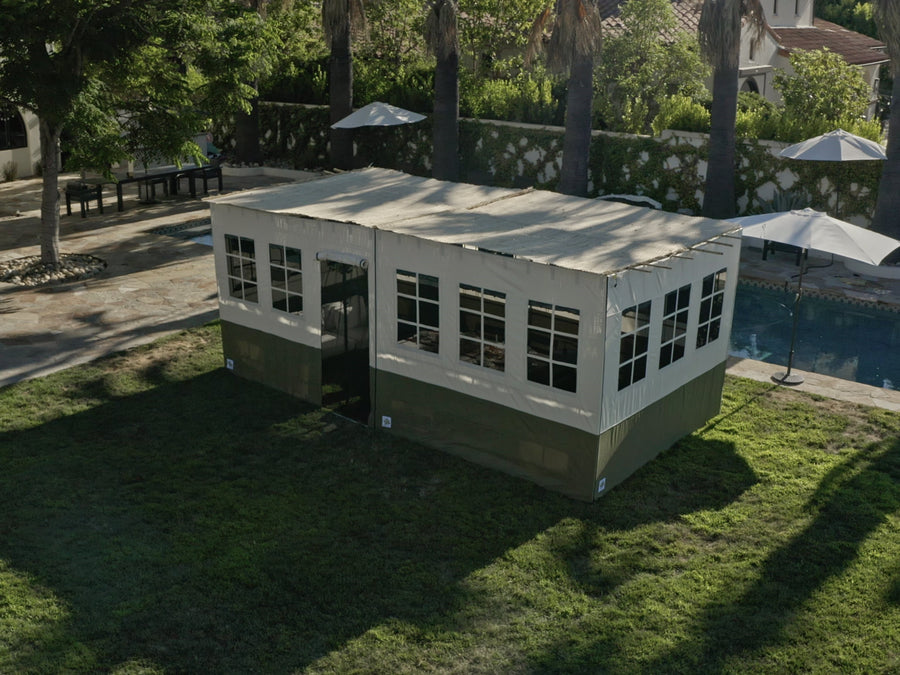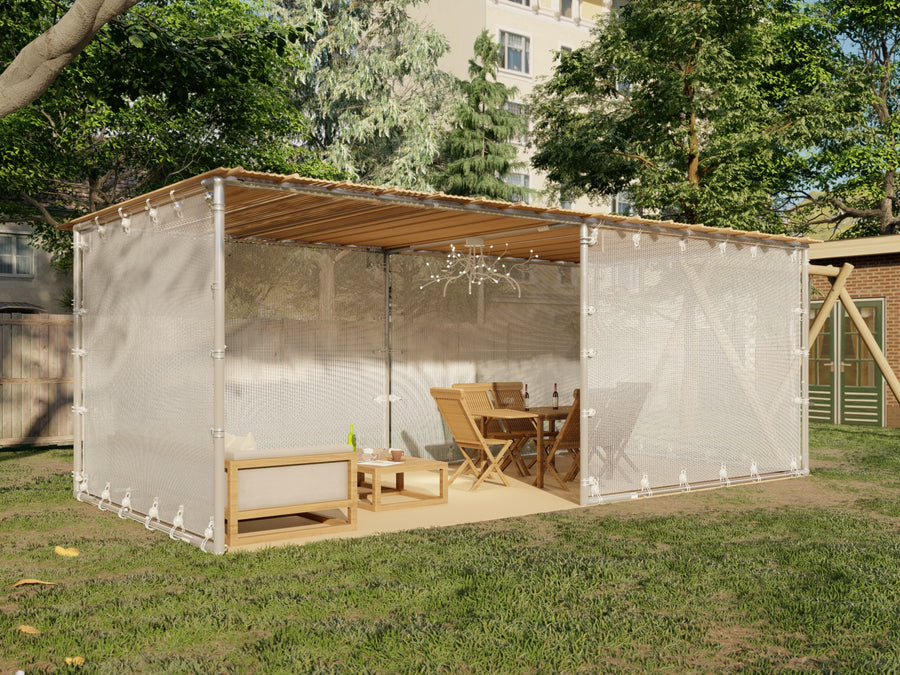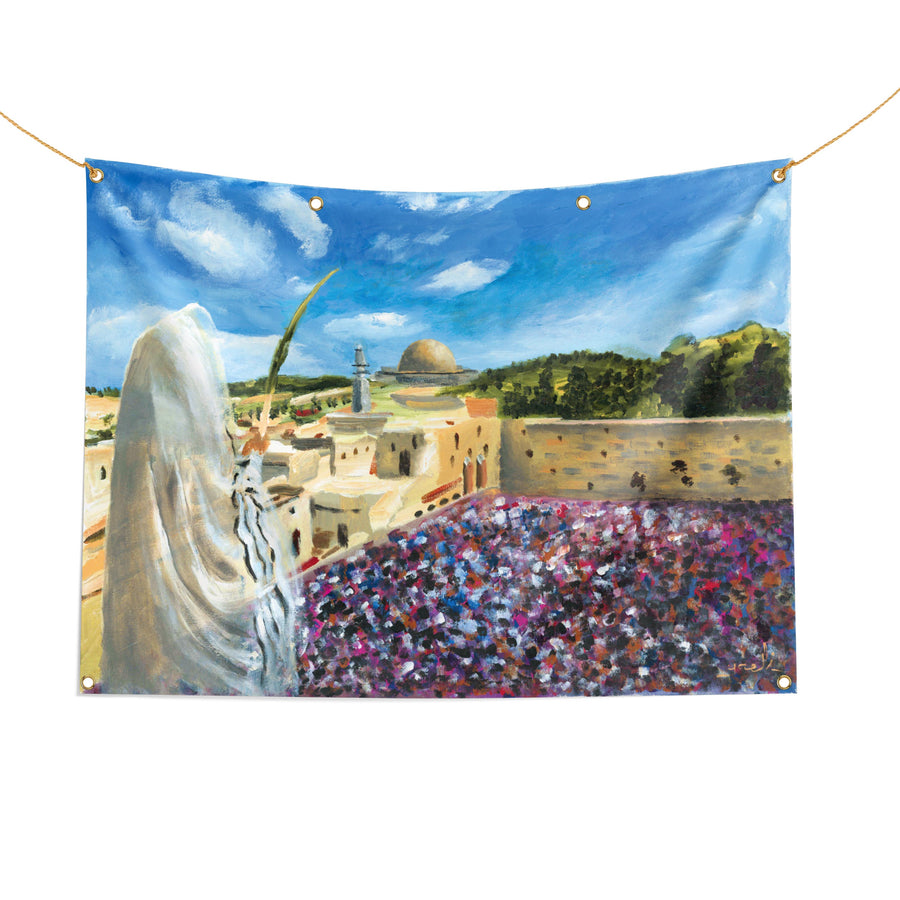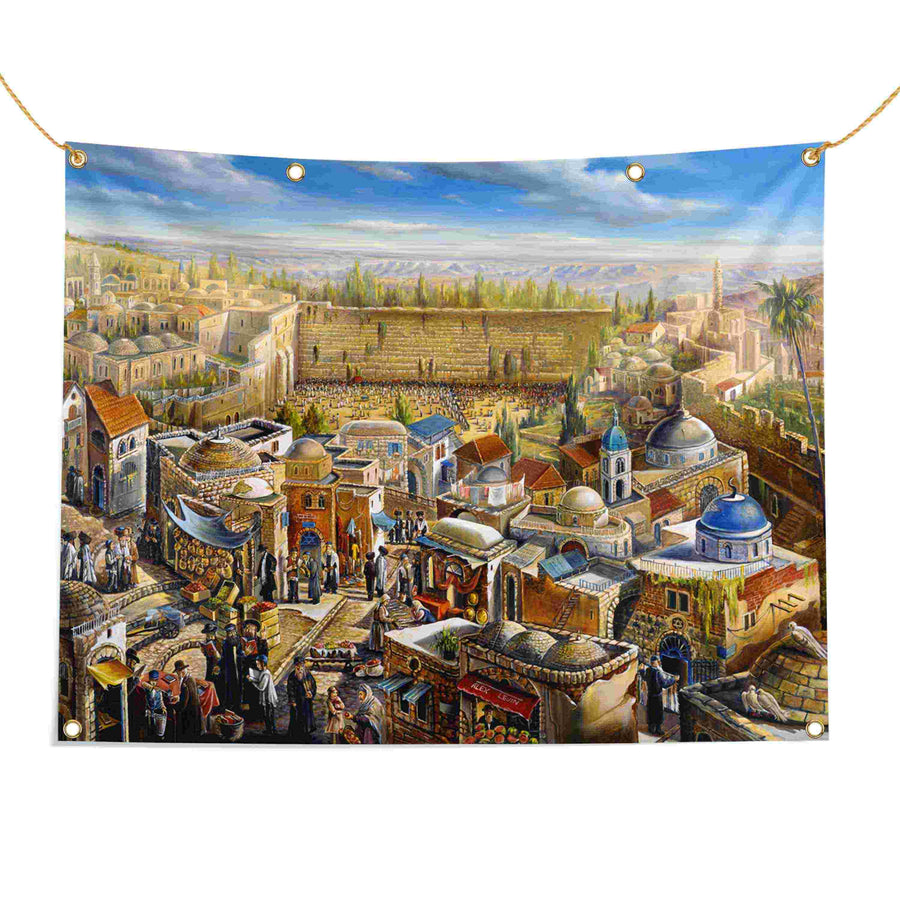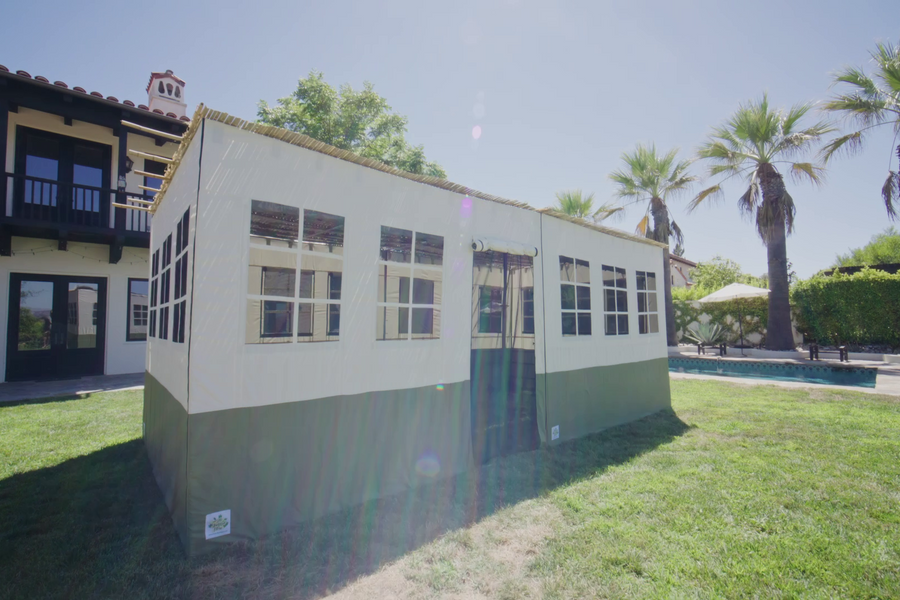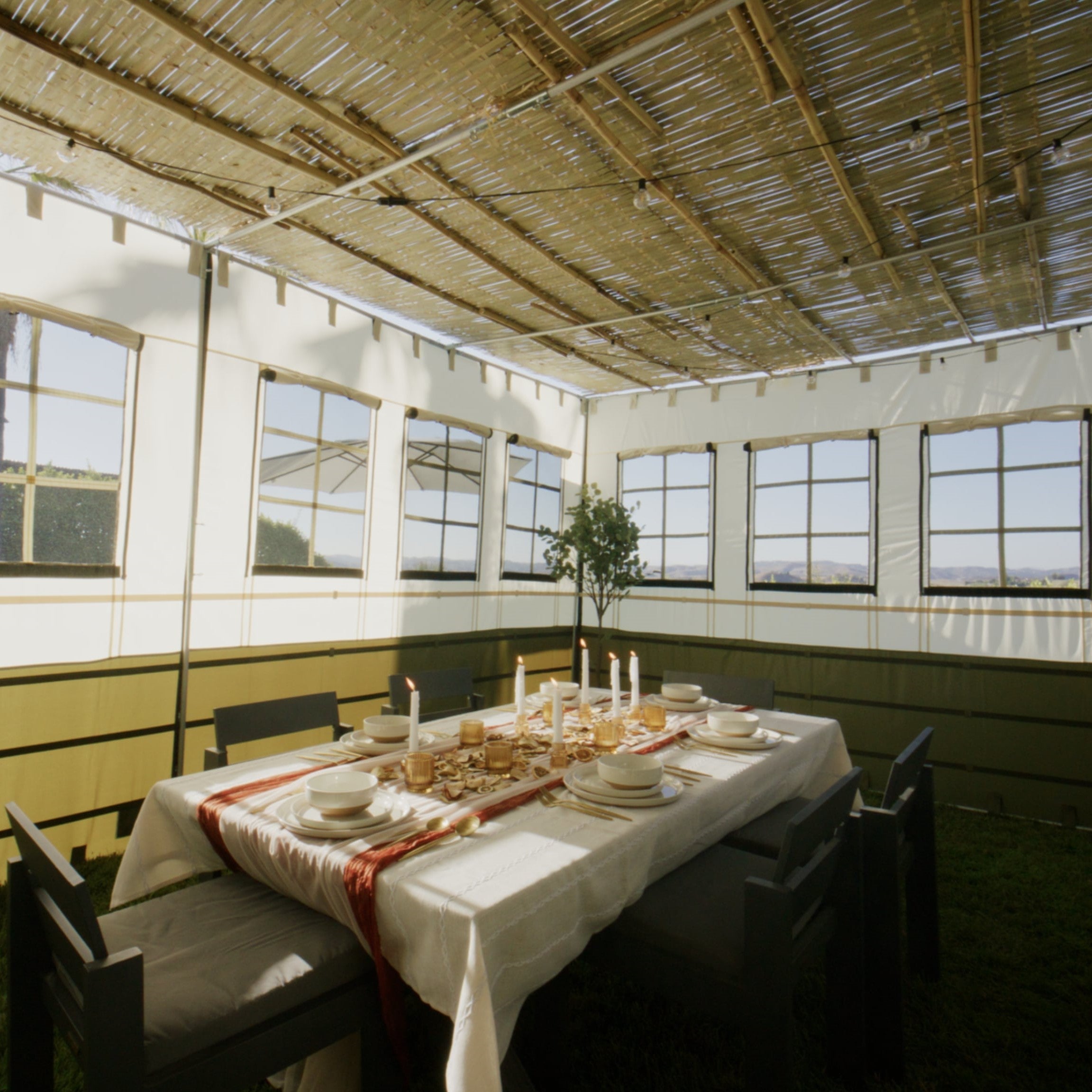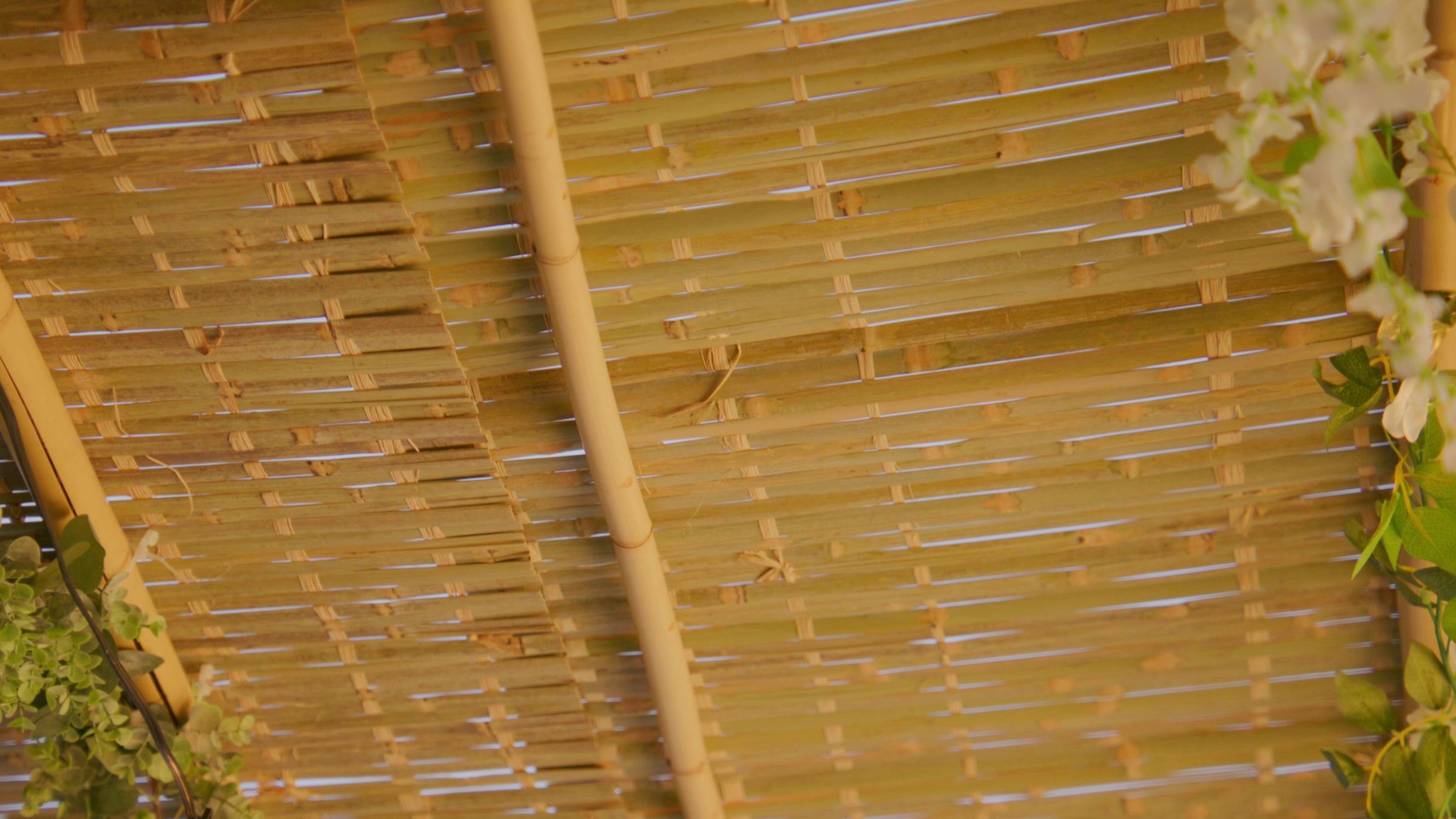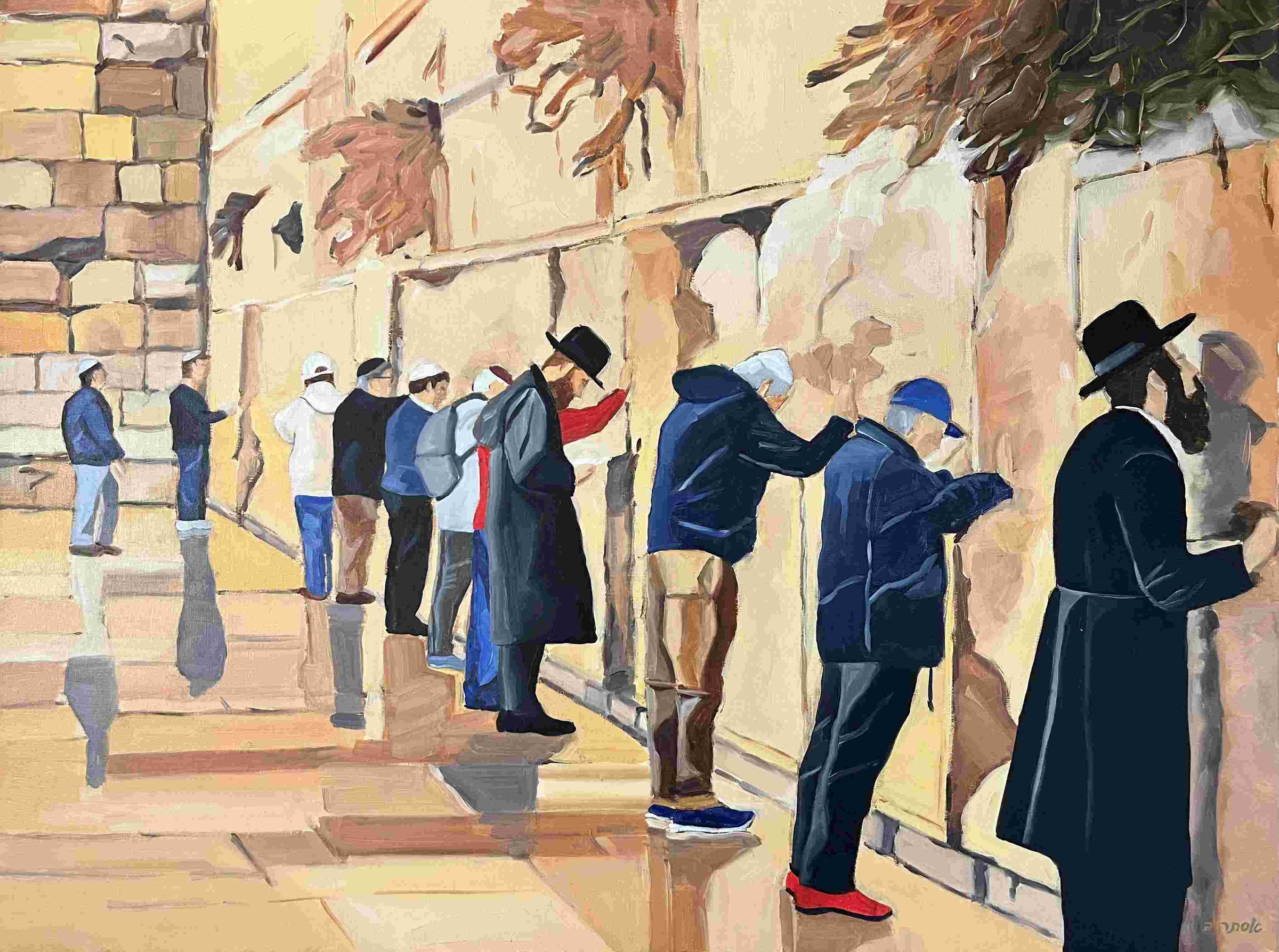

Table of content
The word “ Sukkah ” (plural: “ Sukkot ”) literally means a “shaded booth.” The Torah instructs us to live in a Sukkah for seven days so that future generations will know that G-d made the Israelites dwell in Sukkot after He brought them out of Egypt.
But here’s the curious part: the Torah's account of the Exodus and the 40 years of wandering in the desert doesn’t mention the Israelites living in booths at all. Instead, it frequently talks about them living in tents. So, what’s the story with these booths?
Cloud 9: The Supernatural Shelter of the Israelites
Rabbi Eliezer offers a classic explanation in the Talmud. He says these “booths” actually refer to the miraculous Clouds of Glory. These clouds protected the Israelites during their 40-year journey through the wilderness.
They shielded them from above and surrounded them on all sides, keeping them safe from harsh weather, flattening mountains before them, eliminating snakes and scorpions, keeping their clothes clean, and guiding them through the desert.
It’s actually this miraculous “booth” that we commemorate by sitting in a Sukkah.
Sukkah: Living in the Original Tiny Home
Rabbi Akiva offers another explanation. He believes that “Sukkot” refers to the actual huts the Israelites lived in while they were in the wilderness for 40 years.
So why do we celebrate the fact that the Israelites had to live in makeshift shanty towns?
In one word: Humility.
The Sukkah serves as a reminder of our humble beginnings as a nation without permanent homes, living in simple huts. This perspective helps us appreciate and thank G-d for all the blessings we have today.
But what if it’s raining and staying in your makeshift home will mean some seriously soggy challah? Fear not. We have an easy guide on everything you need to know about rainy Sukkahs and braving the elements on Sukkot.
A 360-Degree Mitzvah: Living Inside the Commandment
Dwelling in a Sukkah is unique among mitzvahs because it involves the entire body. Most mitzvahs only require a part of our body to fulfill them eg. putting tefillin on your head and your arm, but the Sukkah experience envelops us completely.
And that’s not all. The chassidic masters point out a number of unique qualities about the mitzvah of Sukkah:
Everyday Elevation, Sukkah-Style
When we perform a mitzvah, we elevate ourselves, the objects we use, and our environment. Most mitzvahs focus on specific aspects of our being and surroundings. But dwelling in a Sukkah encompasses not only our whole body but also the everyday activities we do within it. Whether we're eating, drinking, or reading a good book, we're performing a mitzvah that involves our entire being.
One Sukkah, One People: A Lesson in Unity
The mitzvah of Sukkah is associated primarily with peace and unity. In our prayers, we refer to it as “Your Sukkah of peace.” In fact, the Talmud states that “all Israel are fit to dwell in one Sukkah.”
Our world is full of differences, even among mitzvahs like the lulav and etrog, which represent the unity of different types of Jews. However, the Sukkah unites us equally, without distinctions. It symbolizes a unity that transcends all differences.
The Talmud tells us that when the messiah comes, the Jewish people will sit together for a festive meal in one gigantic Sukkah…hopefully for Sukkot 2025!
